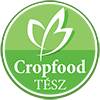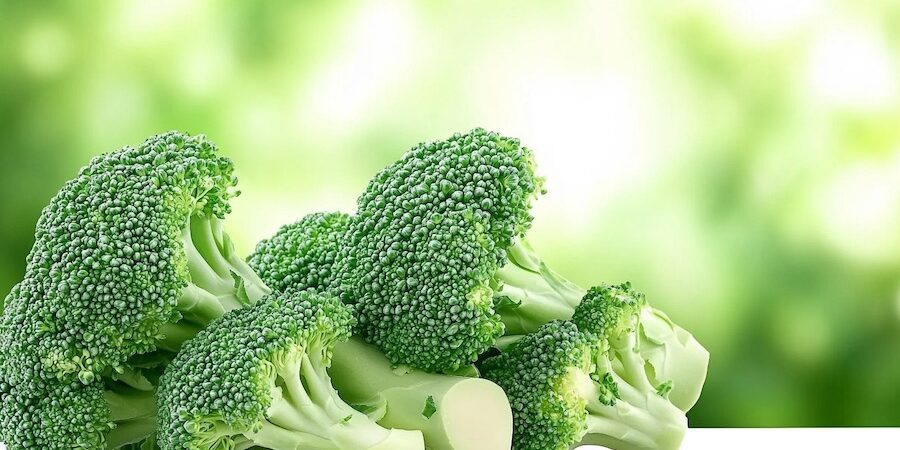With the support of our stable Hungarian producer base, this vegetable is always available in high quality in our wholesale assortment – ask us for an offer!
Broccoli (Brassica oleracea var. italica) is a highly nutritious and versatile vegetable from the cabbage family that has become a superstar among health-conscious consumers in recent decades. Broccoli has been known and cultivated since the ancient Romans, but in its present form it has spread mainly from Italy, hence its name. It became really popular in the second half of the 20th century in the United States and throughout Europe.
Its health benefits are outstanding: it is an excellent source of vitamins C and K, it supports digestion thanks to its high fibre content, and it contains a significant amount of antioxidants that help to strengthen the immune system. Regular consumption can also help prevent cardiovascular disease and reduce the risk of cancer.
In economic terms, broccoli is now one of the world’s largest volume vegetables, with Spain, Italy and France leading the way in exports in Europe. It is also becoming increasingly popular with Hungarian consumers, partly due to the growing number of broccoli producers in Hungary, especially in the Transdanubian region and parts of the Great Plain.
Specificities of broccoli production
Broccoli prefers a cooler climate, so it can be grown successfully in spring and autumn. In Hungary, it is mainly grown outdoors, but in some cases it is also grown in a greenhouse or in a greenhouse, especially in early spring or late autumn.
Spain is the largest broccoli producer in Europe, with production mainly in the regions of Murcia and Andalusia. These areas supply a large part of the continent, especially during the winter months.
In Hungary, the season usually lasts from June to the end of October, during which time you can expect to find fresh, local broccoli in the shops. In the winter months – roughly from November to March – you will find almost exclusively imported broccoli, most often from Spain, Italy or France.
How to choose good quality broccoli?
- Good broccoli is bright, deep green with a slightly bluish tinge. The inflorescence should be compact, evenly closed and uniform in colour.
- Avoid yellowish or brownish pieces, as these are ageing or over-ripe specimens and can taste bitter.
- The stem should be firm, but not woody or spiny, and should not show signs of softness or rot.
- Its freshness can often be recognised by its smell: it has a slightly green, fresh, “cabbagey” smell – a stronger, unpleasant smell can be a sign of spoilage.
How to use broccoli in the kitchen?
Broccoli is a versatile vegetable that can be cooked, steamed, baked or even eaten raw. It’s a great side dish for meat dishes, but also goes well with pasta, rice dishes, cream soups or salads.
- Steamed, it retains most of its nutrients, and with a pinch of salt and a drizzle of olive oil, it can be a simple but tasty dish.
- Roasted in the oven with olive oil and spices, it can be served with a tasty and crunchy vegetable base, for example with a yoghurt dressing.
- As a soup, it can be simmered with cream, potatoes and garlic to make a rich, creamy broccoli cream soup.
- It can also be eaten raw, for example as part of a vegetable dish with sauces, especially for young, tender specimens.
How do we store broccoli?
- Broccoli is a fast-perishing vegetable, so it is best to use it as soon as possible after purchase.
- Stored in a perforated bag in the fridge, it retains its freshness best for 3-5 days.
- If not used straight away, it can be frozen in blanched form – so it will keep for months without significant nutrient loss.
Interesting facts about broccoli
- Broccoli is a variety of the same plant species as cauliflower, Brussels sprouts or cabbage – all part of the Brassica oleracea species.
- In the US, broccoli’s popularity is partly due to President George H. W. Bush’s famous declaration that he didn’t like it – and campaigns were launched to promote the vegetable.
- Broccoli is also often referred to as “green gold” due to its rich nutritional content and health benefits.
Tips for using broccoli in the kitchen
- Don’t just use the inflorescence – the stem is also edible, especially if you peel off the outer fibrous layer. It has a sweet, crunchy taste.
- Add a pinch of bicarbonate of soda to the water when steaming – this will keep the bright green colour even after cooking.
- If you want to get children to like broccoli, try frying it with cheese or mixing it into pasta sauce – these flavours can help overcome any initial aversion.
- It can also be used as a smoothie ingredient – mix a little broccoli with apples, cucumber and lemon for a refreshing, nutrient-rich drink.


